Mary, the Mother of God
Solemnity of the Blessed Virgin Mary, the Mother of God, Year A
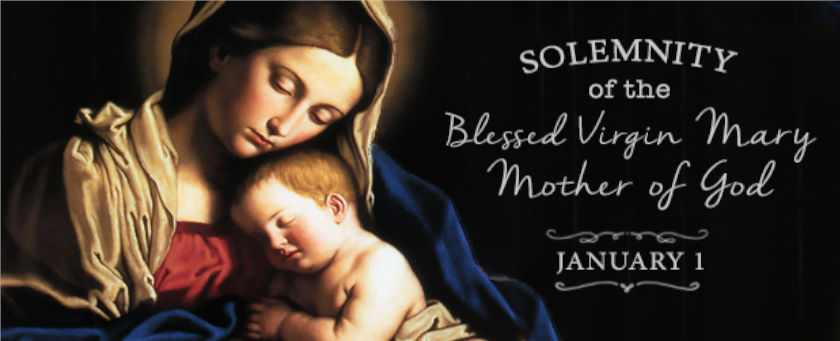
Readings:
Nm. 6:22-27; Ps. 67; Gal. 4:4-7; Lk. 2:16-21
(Audio recorded live, 1 January 2023)
Today, on this Octave Day of Christmas, we celebrate the Solemnity of the Blessed Virgin Mary, the Mother of God. In the Early Church, when Christmas began to be celebrated on December 25th, January 1st took on special meaning. It became common throughout the Church to celebrate a feast of Mary, the Mother of God. The feast never entered the Universal Calendar, however, and was eventually replaced with the Circumcision of our Lord Jesus Christ, which took place one week after he was born, as we heard in today’s gospel. But, after the introduction of the Missal of Pope Paul VI in 1969, the new liturgical calendar re-introduced the feast of Mary the Mother of God, elevating it to a Solemnity and Holy Day of Obligation. This gives us an opportunity to reflect not only on the circumcision of the Lord, the day when he was given the name Jesus, which means “salvation of God,” but also on the role Mary plays as the Mother of God.
This title Mother of God was attributed to Mary at the Council of Ephesus in 431, largely due to the work of St. Cyril of Alexandria. Before we can do any proper reflection of who Mary is, we must first reflect on who Jesus is. St. Cyril reasoned that since Christ is Divine, then the one who bore him could therefore be called the Mother of God. This was not acceptable by some until the Church could develop a more succinct Christology. It was St. Cyril who reasoned that Jesus was one Person with two natures: One Divine and one Human. It was the introduction of the word “Person,” however, that provided the language needed to describe the union of Divinity and Humanity in Christ. Cyril’s opponent at the time was Nestorius, who held that Jesus was two separate persons, for example, when he was walking or eating, it was his human person acting; when he was performing a miracle, it was his divine person acting. The problem with Nestorius’ position is that it made Jesus out to be schizophrenic. God does not lose Divinity to take on flesh. In other words, it is not as if God hit the pause button on being God so he could be man. Cyril, on the other hand, showed that we can refer to Jesus as one Person in perfect harmony with his Divine and Human natures. This reality is called the hypostatic union, from the Greek word hypostasis, which describes the essential person of Jesus in which his human and divine natures are united. What does this have to do with Mary? Since Jesus is Divine, we can therefore call Mary the Mother of God.
As the Mother of God, Mary carried out all the expected tasks of a mother, most importantly her inner disposition and life of discipleship. For example, in the gospel when the shepherds came to see the baby, they were amazed, and Luke tells us, “Mary kept all these things, reflecting on them in her heart.” We might say, Mary really knew how to savor a moment, to live in the presence of God. And we are all called to do the same, especially when we receive Holy Communion. Mary is a model of discipleship for us, too, as we see her walk with her Son throughout his life, even to the point of standing at the foot of the cross, where Jesus entrusts the care of the Church to her. We see her continue to walk in faith as the Holy Spirit descends upon her and the apostles on Pentecost. And the Church has celebrated her Glorious Assumption into Heaven where she sits as the Queen Mother at the right hand of Jesus. Indeed, Mary is Mother of God and Mother of the Church. She is our mother.
Since our late Pope Benedict XVI has entered into his eternal reward, I would like to offer a synthesis of some of his words about Mary. In his encyclical Deus caritas est, “God is Love,” Benedict writes:
Outstanding among the saints is Mary, Mother of the Lord and mirror of all holiness…Mary’s greatness consists in the fact that she wants to magnify God, not herself. She is lowly: her only desire is to be the handmaid of the Lord…Mary is a woman of hope…Mary is a woman of faith…Mary is a woman who loves…We sense this in her quiet gestures, as recounted by the infancy narratives in the Gospel…Mary, Virgin and Mother, shows us what love is and whence it draws its origin and its constantly renewed power. To her we entrust the Church and her mission in the service of love:
(To her we pray) Holy Mary, Mother of God, you have given the world its true light, Jesus, your Son – the Son of God. You abandoned yourself completely to God’s call and thus became a wellspring of the goodness which flows forth from him. Show us Jesus. Lead us to him. Teach us to know and love him, so that we too can become capable of true love and be fountains of living water in the midst of a thirsting world.
References:
Deus caritas est, (par. 41-42): https://www.vatican.va/content/benedict-xvi/en/encyclicals/documents/hf_ben-xvi_enc_20051225_deus-caritas-est.html
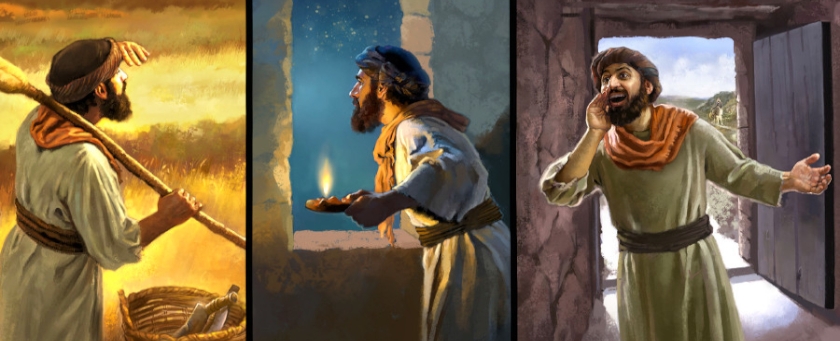
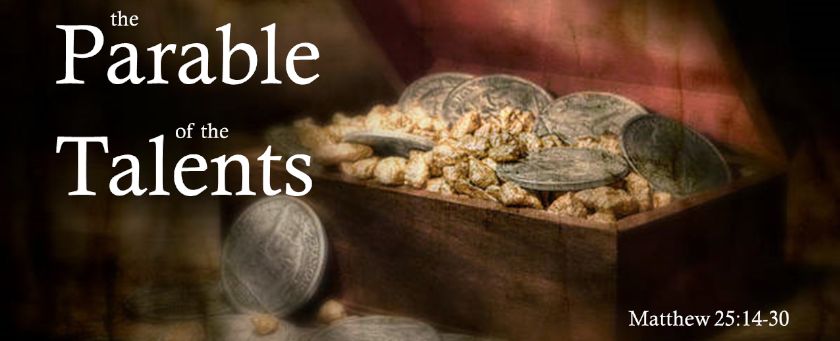
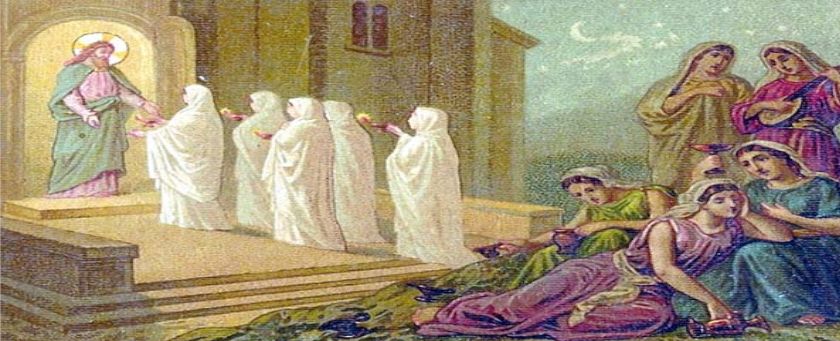

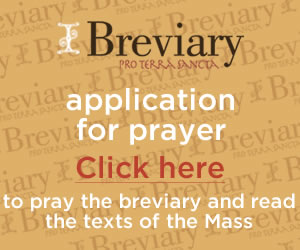
Share this post
Twitter
Facebook
Pinterest
Email